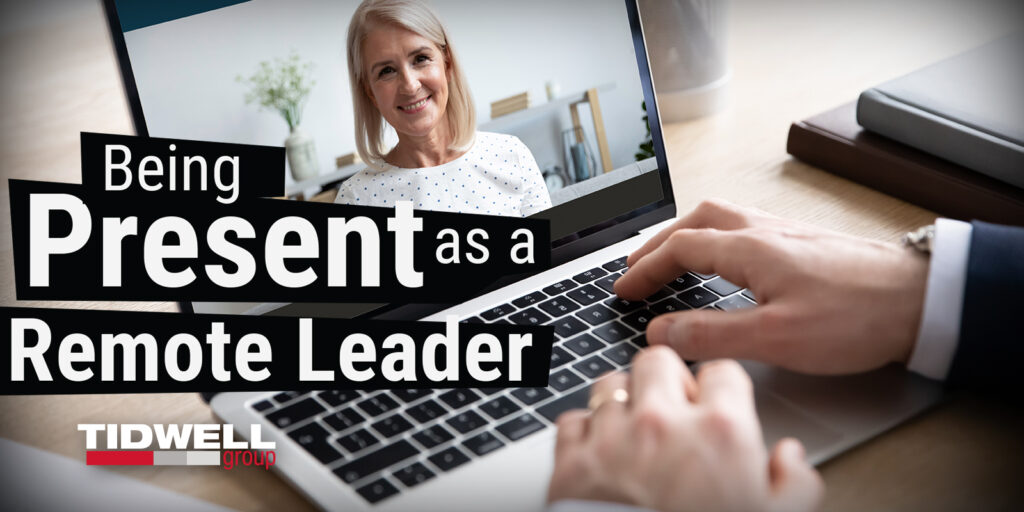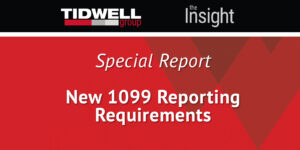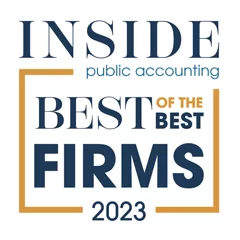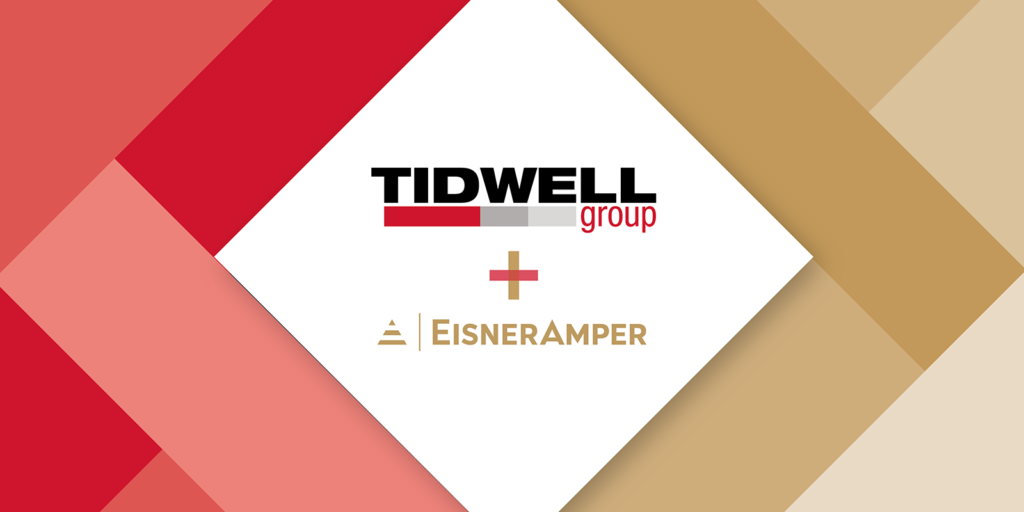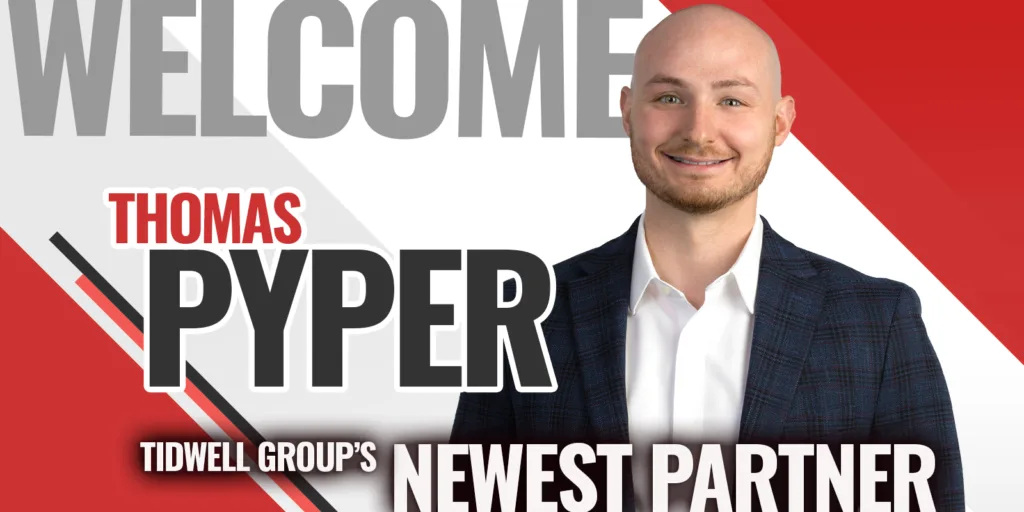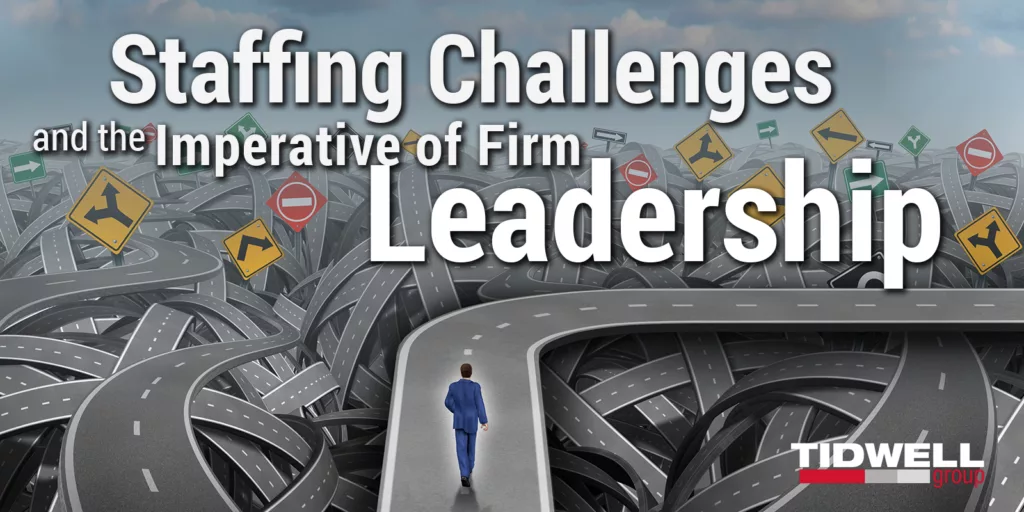Part 2: Four Traits of ‘Present’ Remote Leaders
Several years ago, I made the purposeful decision to work much of the week remotely to pursue a more aggressive M&A growth strategy. This decision to manage remotely was both strategic and necessary, given our firm’s growth into a multi-state, multi-office organization. Working remotely has given me the vision and perspective essential to maintain our growth trajectory and has proven invaluable amid the 2020 COVID-19 pandemic challenges. Even with my positive personal experience with managing remotely, it is clear that more leaders are asking the question: Can a remote leader still be present?
The question of whether a leader can truly be present is especially compelling to me, as I strive to be present in every human interaction. It is essential to understand that being present involves more than merely “showing up.” Being present requires meaningful, coordinated, intentional interaction. While showing up can be sufficient to maintain the status quo, truly being present promotes the kind of effective strategic progress and professional trust that can propel a firm to incredible new heights. Equally important to ensuring success while managing remotely is the idea of fostering a results-oriented culture. The development of this cultural dynamic ensures that team members are individually motivated to succeed and feel a sense of ownership and responsibility for workplace outcomes.
Whether you can be on-site, working directly with your team, or your situation requires you to work remotely because of distance or pandemic-related restrictions, the steps necessary to achieve presence are the same. Working remotely requires a different professional mindset and effective preparation. This second article in a series of three leadership articles will describe the traits and habits that I find most useful for staying present while working remotely.
See Article Part 1: Leaders: Get Out of the Way to Lead Through Crisis
The following is a list of traits that I feel are essential to a leader’s ability to manage effectively, especially when working remotely. This list is undoubtedly not all-inclusive. However, I believe that leadership improves as each of these traits are improved. Managers can expect even more dramatic improvement if these traits are improved in combination.
Problem-solving
There are many different types of leaders. Within the range of different leadership types, teams consistently reject micromanaging leaders. Leaders who insist on controlling everything from the process to the outcome tend to alienate talented team members. Leaders who micromanage also miss out on valuable input from other team members, which may have improved the outcome. In addition, managing every step of the process can often lead to burnout and loss of effectiveness.
We can all think of times when we were that type of leader to some extent. However, when practicing being present, it is crucial to visualize and understand the situation clearly. Present leaders can listen to feedback from valuable team members and encourage ideas. They have no problem soliciting solutions from individual team members or the group as a whole. A collaborative approach to problem-solving does at least two things: it engages your team and empowers them to learn and mature as professionals. If the leader becomes the problem solver rather than facilitating collaborative solutions, they weaken team cohesiveness, stifle emerging leadership, and hamper skill-building.
Connecting
Sometimes there isn’t a problem to solve. Often, much of a leader’s energy focuses on regular day-to-day decision making. How do you keep these interactions from becoming abrupt and distant in the eyes of your team?
For example, you may spend a lot of time approving things by email without seeing or speaking to anyone. You may communicate with clients in the same way. In this case, vary your methods of connecting. Learn how people personally prefer to communicate. Is it by text, email, phone? Send the occasional check-in text if that is the best way to communicate with a particular team member. Pick up the phone or schedule a video call as an effective way to place names with faces and voices. Make a point to check in on things other than work, too. These regular “in-person” meetings will go a long way toward helping people remember that you are a real person who is committed to their success.
If you have a video call, I recommend a few things to maintain visual presence. Find the camera on your laptop or phone and look into it so that the person you are talking to has a sense of eye contact. Smile and sit up straight. Make sure that your background is pleasant and not distracting. Have your call in a quiet area where you won’t be disturbed.
To work effectively as a remote leader, you may need to leave your comfort zone and use the tools your team prefers. If you are communicating by social media chat or a workflow tool, use emojis to convey feelings. Messages might come across as judgmental or stern when you intended to be funny or clever.
Active listening
What does it mean to listen? In my experience, listening is not a passive behavior. Presence requires active listening, which means total focus on the person with whom you are communicating. When you decide to ask a question, make sure that you are not asking it out of politeness but out of a desire to truly engage people in conversation and hear their answer. If you are really listening, you should be able to repeat back what you heard, ask a follow-up question, or provide insight.
Active listening also shows that you care about the other person’s opinions and ideas. Leaders must learn to recognize when team members have made meaningful contributions, have worked hard to present smart solutions, and have dared to share personal goals.
Mental preparation
If you are rushing from meeting to meeting with no time in between, it won’t matter whether you are on-site or working remotely. Having no time between meetings diminishes your ability to be present. Without adequate time in your schedule to interact with others, you will find that you are constantly distracted by what just happened or by what’s coming up.
Mental preparation for presence requires 10 to 15 minutes of focus on who and what you discuss in a meeting. Build additional time into the meeting schedule for yourself as a leader. This time does not include restroom breaks or food. This extra time will allow you to focus on the agenda without feeling pressed for time. Ideally, you should schedule this extra time before and after each meeting. The time before the meeting helps you get focused and prepare. After the meeting, this extra time allows you to digest, organize, and confirm the next accountability steps necessary to move initiatives forward.
If you are present in the meeting, you should have few personal to-do items afterward because you will have strategically delegated those items to your team. Leadership delegation is a separate topic, but this habit is essential to free your mind and time to focus on listening and strategic advising in each meeting.
Final thoughts
Presence is more than your physical location. Your ability to employ the principles we have discussed will allow you to prepare yourself mentally, focus on other people, guide them toward solutions, and improve your approach to connecting and communicating.
Ask for feedback about how you’re doing as a leader. It can be eye-opening and constructive when you regularly solicit feedback about how you have succeeded and about areas where you can improve. If you identify an opportunity for improvement, challenge yourself to pursue it.
Reinforce your “why.” Share why the company exists, and communicate that vision to your team regularly. Your vision and purpose keep everyone working toward a unified outcome and provide your team members with something they can believe in rather than merely working for a company. When you can’t be in a physical office due to travel or other business obligations, make sure that other leaders follow these tips and convey the company vision and purpose on your behalf. I will speak more about this in my next article.
When you are in the office, set aside time in your day to walk around and say hello. Some of the most celebrated leaders are known for their personal conversations and encouraging notes to colleagues. Don’t miss out on opportunities to engage with others. Do not hesitate to begin the process of improving your ability to be present. I encourage everyone to start working on the principles outlined in this article without delay. Improvement in any of these areas will benefit your quality of life and the culture of your team.

